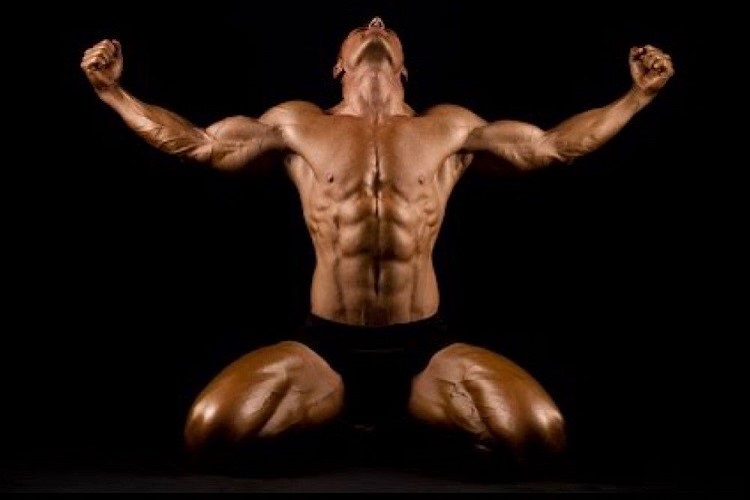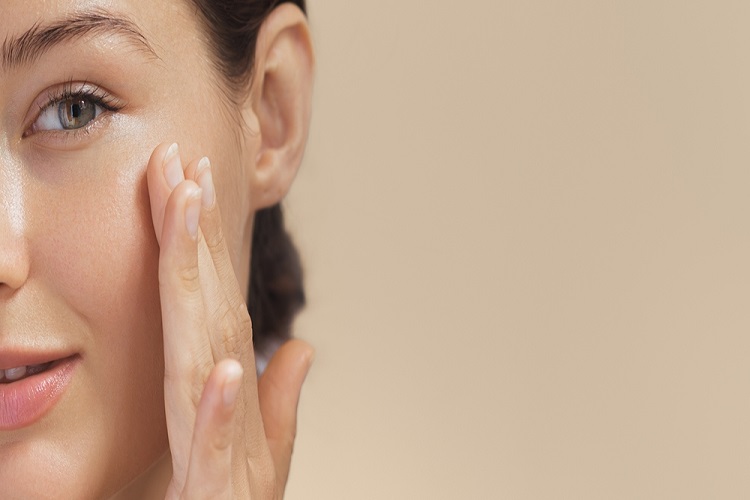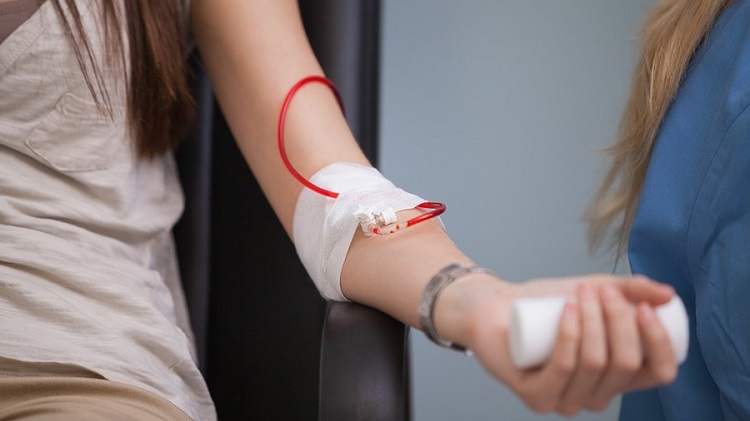Knee pain is a common complaint among many individuals. Because the joint supports our full body weight, injuries and issues affecting the knees can disrupt daily activities and cause significant pain. The discomfort of the knee is often felt off to the side. While there are many potential causes and you should always see a medical professional for a diagnosis, here are some possible reasons for your knee pain to consider in the meantime.
Table of Contents
Parts of the Knee
To identify potential causes of your knee pain, it’s important to first know a bit about knee anatomy. The joint is the place where the femur (thigh bone) and tibia (shin bone) connect. While the calf bone (fibula) is also connected, it isn’t impacted by the hinge of the joint. The knee cap, also known as the patella, covers the joint.
There are two pads of cartilage that reduce friction between the tibia and femur, known as menisci. The medial meniscus sits on the inner side of the knee, while the lateral meniscus is on the outer side.
In addition to this cartilage, there are also several ligaments (fibrous connective tissue) that join the bones.
- The anterior cruciate ligament (ACL) is situated at the front of the knee and helps the tibia and femur from sliding.
- The medial collateral ligament (MCL) is located inside the knee and stabilizes the joint, preventing side-to-side femur movement.
- The lateral collateral ligament (LCL) also prevents side-to-side movement, but from the outside of the knee.
- The posterior cruciate ligament (PCL) is situated at the back of the knee and keeps the tibia and femur in place.
With this in mind, here are the potential causes of pain on the side of the knee.
Lateral Knee Pain
Pain on the side of the knee can be caused by injury or being active in sports. Conversely, it may also be attributed to weight gain or aging. Several root causes can result in lateral knee pain:
- LCL injury: A sharp twist or fall can cause the lower leg to move inward. A severe blow to the side of the knee may also cause the injury. Common symptoms include swelling and outer knee pain, joint instability, and locking of the joint.
- Lateral meniscus injury: An injury to the lateral meniscus is characterized by pain, swelling, and difficulty straightening the leg fully. It can be caused by awkward twisting, but may also result over time from general wear and tear.
- Iliotibial Band Syndrome (ITBS): Knee pain during walking and running, as well as dull ache and stiffness, are common in ITBS. The condition may occur as a result of aging, previous injury, or participation in sports.
Other possible but less common causes of knee pain include nerve problems and proximal tibiofibular joint dislocation. Both often result from a blow to the knee, as a result of a car accident or similar injury.
No matter the cause of your knee pain, the issue is notoriously challenging to treat. Home remedies such as rest, ice, compression, and heat therapy may alleviate the pain temporarily, as can corticosteroid injections. When the discomfort persists and makes daily activities challenging, surgery may be recommended. However, surgeries always introduce risks, have long recovery periods, and may still not eliminate knee pain.
For this reason, patients with persistent knee pain may be ideal candidates for stem cell therapy, a non-invasive regenerative therapy that uses mesenchymal stem cells, exosomes, PRP, peptides, or a combination of some of these options to help heal tissue, control inflammation, and prevent further damage.
This post was written by a medical professional at Stemedix Inc. At Stemedix we provide access to Regenerative Medicine for the joints, also known as stem cell therapy for joints! Regenerative medicine has the natural potential to help improve symptoms sometimes lost from the progression of many conditions.










Comments